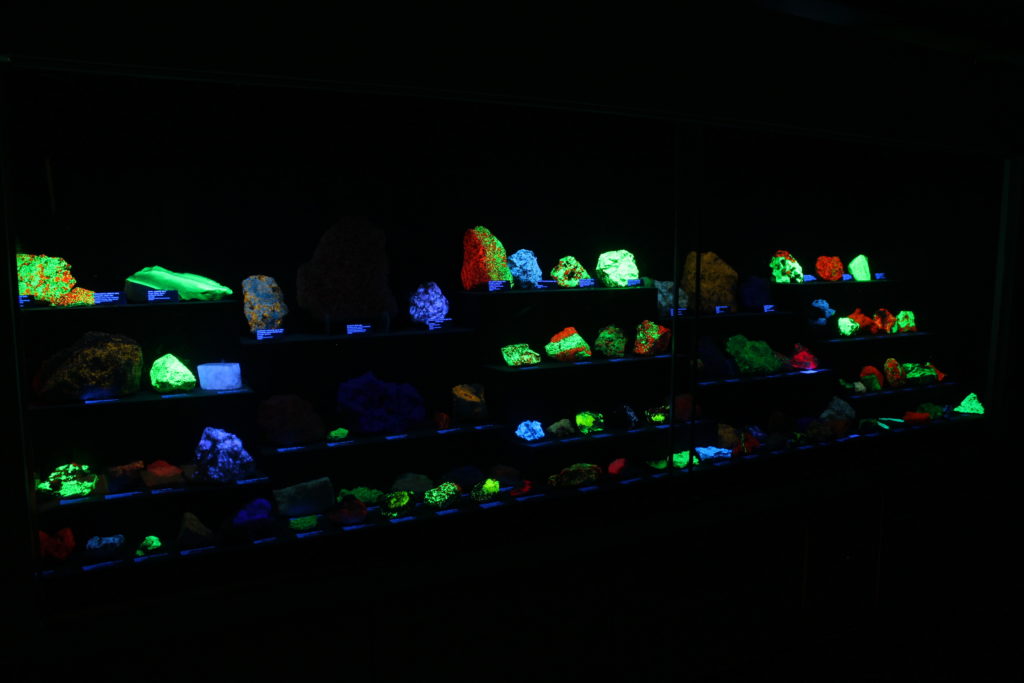Antique Trader’s Guide to Fine Mineral Collection Recommends Rice Museum
The Antique Trader magazine recently featured the Rice Northwest Museum of Rocks and Minerals as one of their favorite resources in their article, “Digging for Information: 10 Things to Consider Before Collecting Fine Minerals.” The article is a step-by-step guide for those considering if fine mineral collecting is right for you, offering helpful information and […]
Antique Trader’s Guide to Fine Mineral Collection Recommends Rice Museum Read More »

